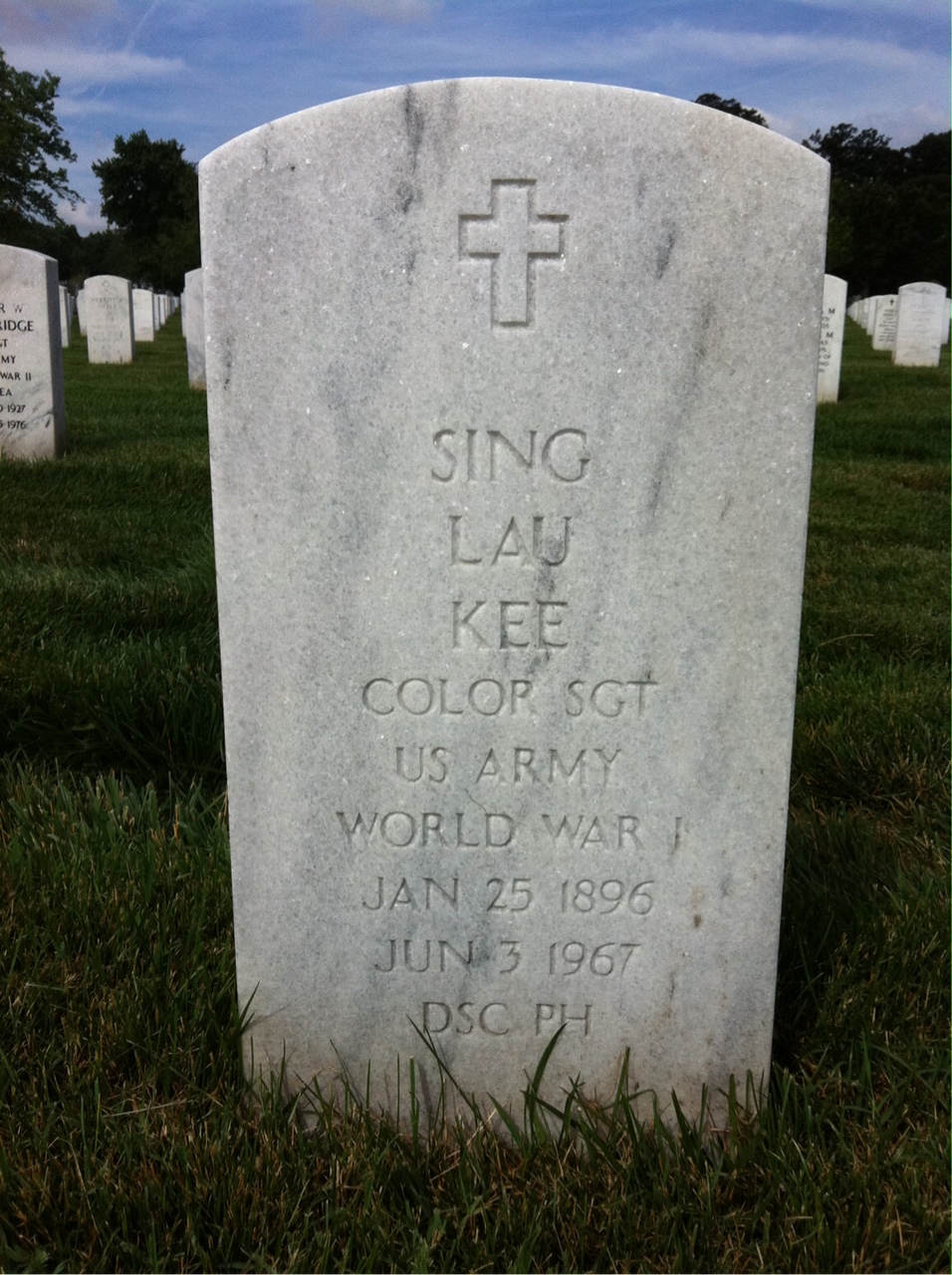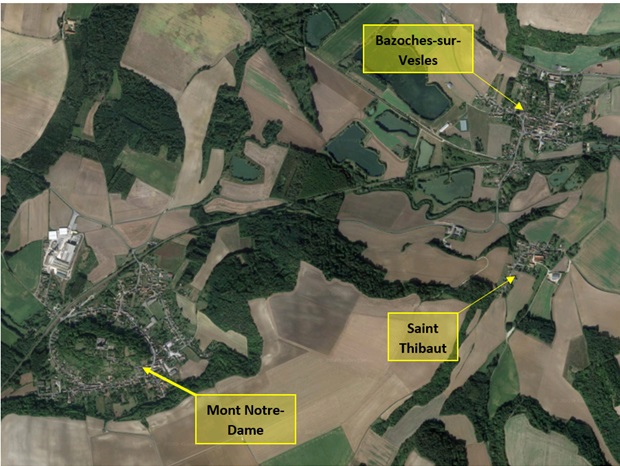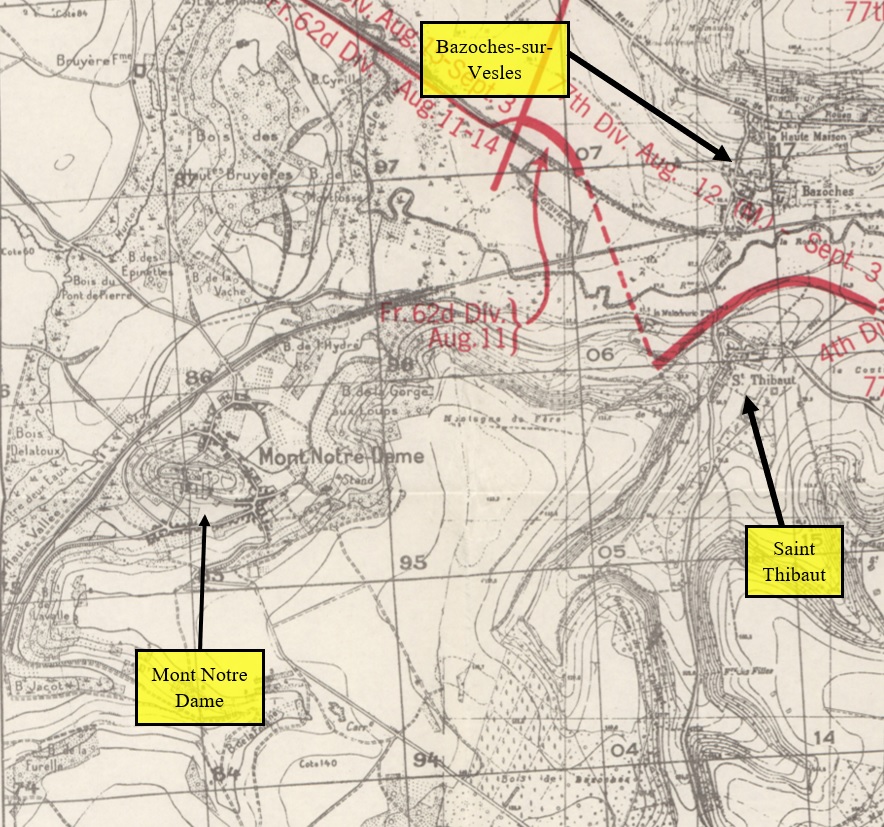Sing Lau Kee
Sing Lau Kee’s Personal Narrative was derived from information found in public records, military personnel files, and local/state historical association materials. Please note that the Robb Centre never fully closes the book on our servicemembers; as new information becomes available, narratives will be updated to appropriately represent the life story of each veteran.
Please contact the Robb Centre for further clarification or questions regarding content or materials.
Military Honor(s):
Distinguished Service Cross 9 July 1918
Citation: The President of the United States of America, authorized by Act of Congress, July 9, 1918, takes pleasure in presenting the Distinguished Service Cross to Private Sing Kee (ASN: 1702357), United States Army, for extraordinary heroism in action while serving with Company G, 306th Infantry Regiment, 77th Division, A.E.F., near Mont Notre Dame, west of Fismes, France, August 14 - 15, 1918. Although seriously gassed during shelling by high-explosive and gas shells, Private Kee refused to be evacuated and continued, practically single-handed, by his own initiative, to operate the regimental message center relay station at Mont Notre Dame. Throughout this critical period he showed extraordinary heroism, high courage, and persistent devotion to duty, and totally disregarded all personal danger. By his determination he materially aided his regimental commander in communicating with the front line.
Croix de Guerre with Bronze Star
Purple Heart
Life & Service
- Birth: 25 January 1896, Saratoga, CA, United States
- Place of Residence:
- Race/Ethnicity: Asian American
- Death: 3 June 1967 Staten Island, NY, United States
- Branch: American I Corps Army
- Military Rank: Private
- Company: [G]
- Infantry Regiment: 306th
- Division: 77th
Personal Narrative
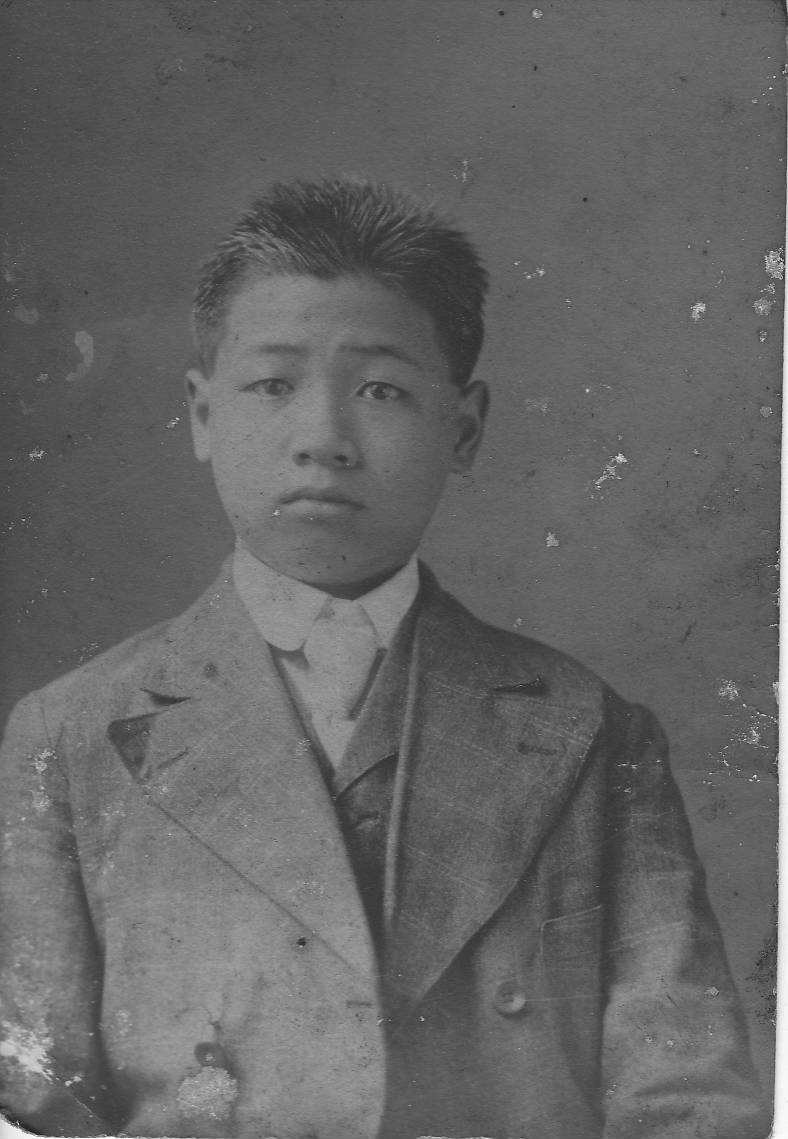
Sing Lau Kee, 1910. Courtesy of the Kee Family.
Sing Lau Kee was born to Chung Kee (1870-1920s) and Mary Low Kee (1876-1955) on 25 January 1896 in San Jose, Santa Clara, California, the eldest to sisters Kung (1898-?) and Hazel (1903-1955) and brothers Albert (1906-1969), John (1907-1984), and William (1909-1988).
The family moved to San Jose in the early 1900s, residing on North Market Street- an area known as Market Street Chinatown in the 1880s-1890s- where Cheung Low was a merchant and labor agent. The Low children attended San Jose Public Schools; Kee graduated from high school between 1914-1915, afterwards, traveling to China, where he met and married his wife, Ina Chan (1900-1970).
Kee returned to the U.S. in November of 1916 without Ina, and moved to Manhattan’s Chinatown, New York, in an apartment on Bayard Street; he was briefly unemployed before enlisting in the U.S. Army on 5 June 1917, and inducted into service at Fort Hamilton, NY on 5 December 1917.
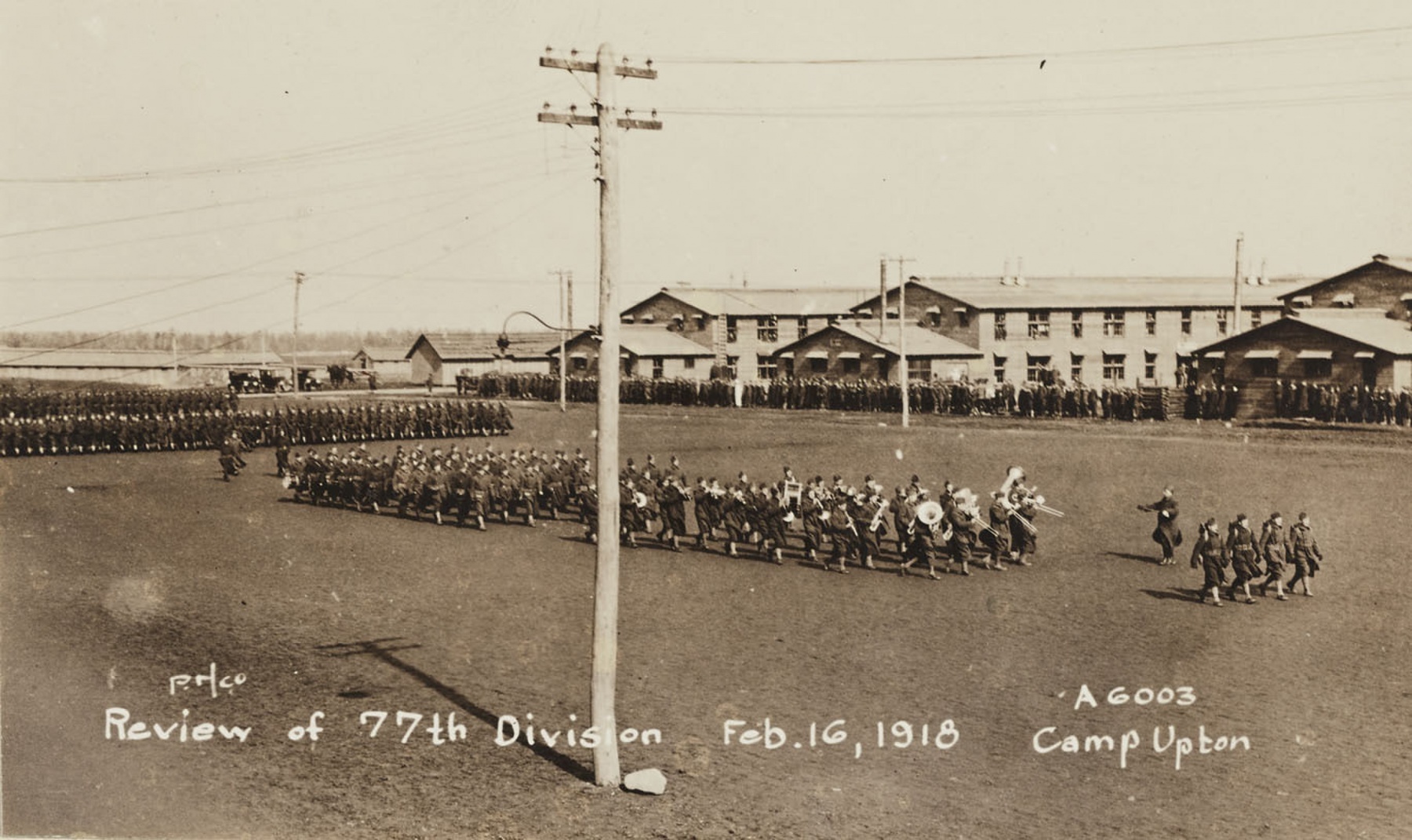
77th Division Review, Camp Upton, Yaphank, LI, NY 02-16-1918.
Initially assigned to Co. G, 306th Inf. Reg., then-Private Kee departed from Camp Upton, New York on 16 April 1918 on the U.S. Army Transport Ship Kashmir for Brest, France.
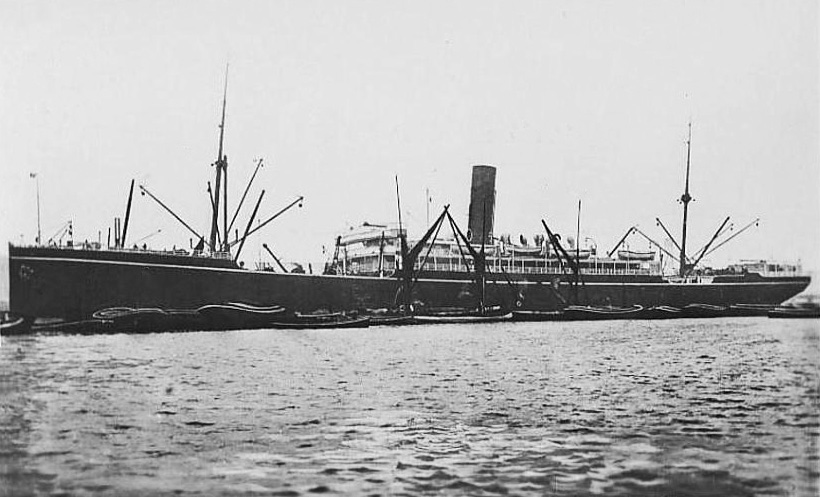
Transport Ship Kashmir. Caledonian Maritime Research Trust.
Private Kee was promoted to Color Sergeant and moved to Headquarters Co. in November of 1918. Color Sgt. Kee departed from Brest, France on 17 April 1919 on the U.S. Army Transport Ship Mt. Vernon, arriving in Hoboken, New Jersey on 25 April. Color Sergeant Kee was Honorably Discharged on 9 May 1919 in Camp Upton, New York.
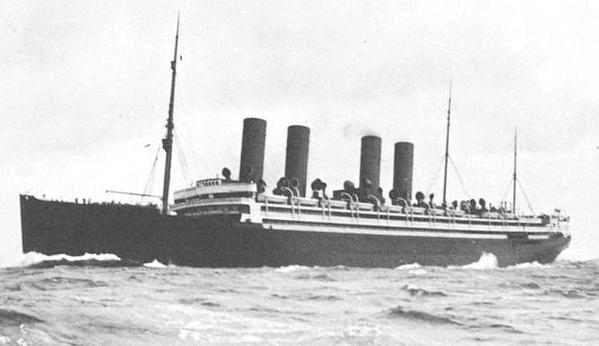
Transport Ship Mt. Vernon, commissioned into the U.S. Navy after being seized from Germany, where it was built as SS Kronprinzessin Cecilie. Mahler Foundation.
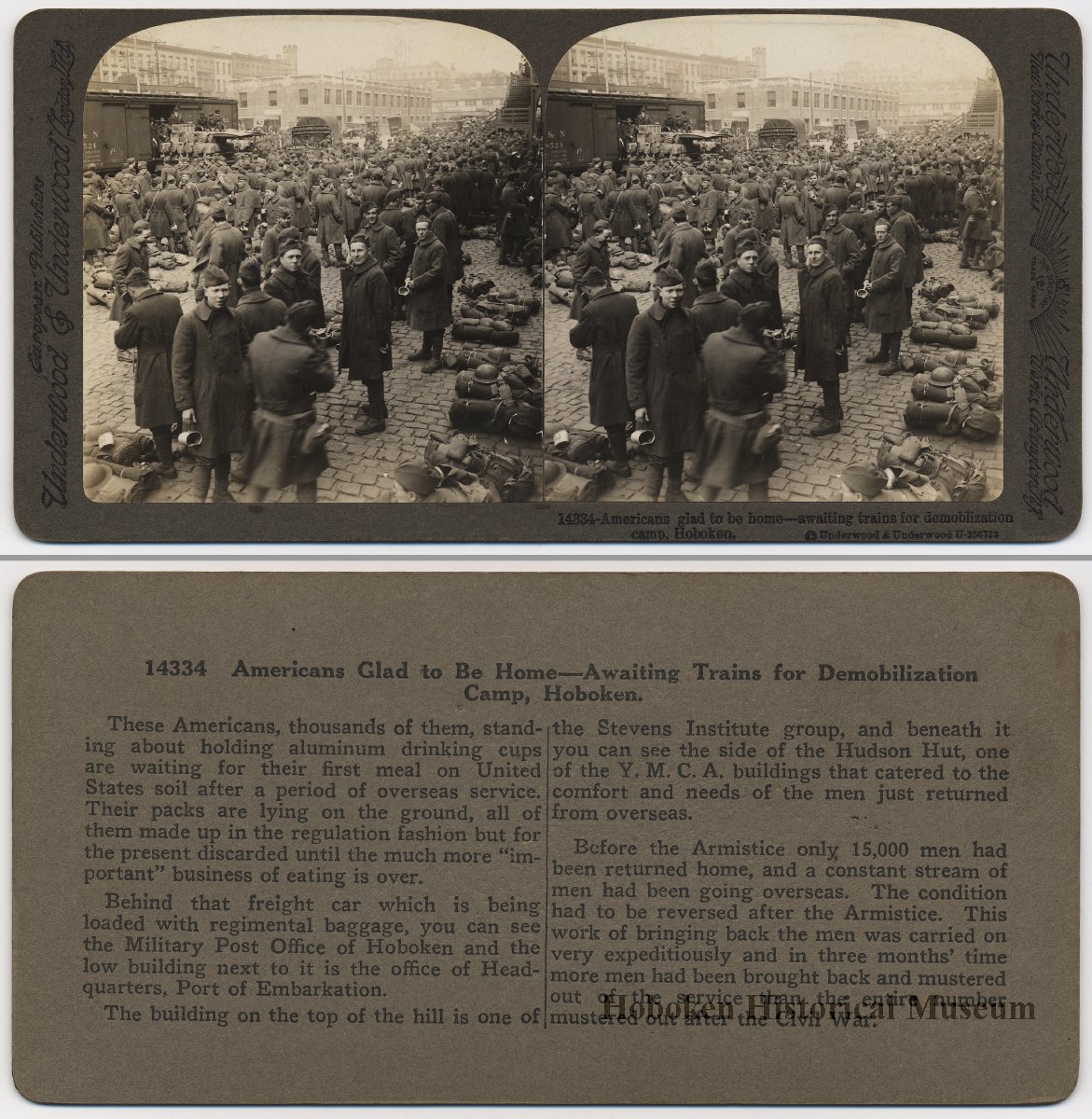
Private Sing Lau Kee served in Company [G], 2nd Battalion, 306th Infantry Regiment, 153rd Infantry Brigade of the 77th “Statue of Liberty” Division during the time of his act of valor on 14 to 15 August 1918, the following is his story:
Mont Notre Dame – 14 to 15 August 1918
To understand the adversity that Private Sing Kee faced during his act of valor, it is important to understand the prelude of the date of his act and how Private Kee’s are both heroic and selfless:
12 August 1918:
Before dawn, the 2nd Battalion of the 306th Infantry reached a road junction located just south of Mont Notre Dame while on its way to relieve part of the Vesle Sector from the French 62nd Division. Suddenly, heavy German artillery began to bombard the 306th Infantry with deafening sound and blinding explosions. Some of the men were immediately killed by the artillery barrage, and to find safety the 2nd Battalion needed to pass through the town of Mont Notre Dame to reach its objective and find shelter. The 306th Infantry found that the town was under direct artillery bombardment as well, given its exposed position on the mountain, it made an easy target for the high-explosive and mustard gas shells that unceasingly fell upon it with no cover to be found for the men of the 306th.
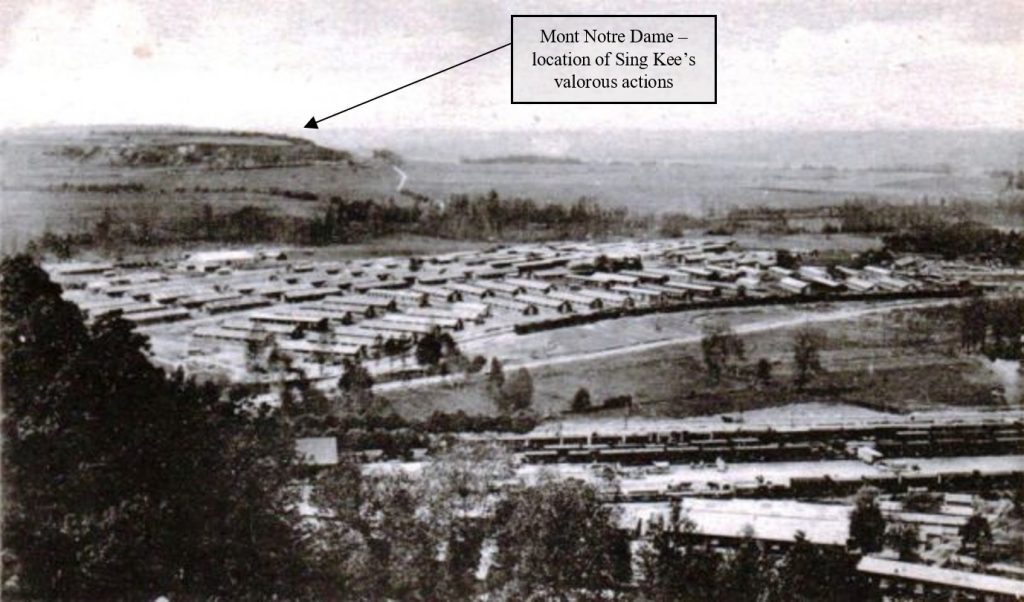
“Vue d’ensemble de l’Hôpital de Mont-Notre-Dame en 1918” (General view of the Mont-Notre-Dame Hospital in 1918). This photo shows an overview of ab Allied field hospital in May 1918, with Mont Notre Dame in the background. This field hospital was evacuated during a German offensive launched on 27 May 1918, whereby the Germans had taken possession of the hospital, as well as over 1,100 wounded soldiers and medical staff. The Germans were forced to retreat from this position in mid-July 1918 but remained close until the Allied push had forced the Germans to withdrawal from across the entire frontline.
Due to the heavy shelling, the 2nd Battalion was unable to relieve the French 62nd Division on time as planned. The shelling was so intense that even the 77th Division’s observation balloon just above the trees of Foret de Nesles, were fired on by German artillery whereby the fragments of the shells punctured the gas bag of an observation balloon and forced the observer to quickly parachute down. Although the shelling slowed down just before noon, a balloon patrol of the 77th Division gave warning that a new threat was entering the area. A German airplane approached and the 77th Division fired its anti-aircraft machine guns at the plane, the plane dodged and weaved and was able to destroy another observation balloon, nearly killing the observer in the process. As the sun set, the German artillery opened up again, bombarding it with more high-explosive and gas shells.
Meanwhile, the American 28th “Keystone” Division had a foothold in the nearby town of Chateau du Diable, subsequently the 77th Division was ordered to relieve elements of the 28th Division throughout the night and into the early morning so that the American III Corps could organize for defense, conduct aggressive reconnaissance, and establish bridgeheads with the goal of being able to push an assault from its location. Chateau du Diable was considered one of the worst locations along the Vesle River and within the Vesle Sector due to its exposure to German artillery fire, especially in the woods along the south bank of the Vesle River.
13 August 1918:
During the morning, the Vesle Sector was turned over to the command of the American III Corps, and the 1st Battalion of the 305th Infantry Regiment was ordered to extend its frontline to the right via relieving the elements of the 28th Division. The 1st Battalion did as ordered and relieved the units of the 28th Division holding Chateau du Diable, north of the Vesle River, as well as the woods to the southwest. The purpose of the extension was to help the American III Corps ascertain whether or not the north bank of the Vesle River was held in force by the Germans, or if the American III Corps would be able to advance with patrols and establish bridgeheads.
In the evening, the 2nd Battalion of the 306th Infantry Regiment accomplished its relief of the French 62nd Division and had straddled a line along the Vesle River. The right flank of the 2nd Battalion ran along the edge of the town of Bazoches while its left flank was behind the frontline and located about 2 miles away at Mont Notre Dame. The only means of communication for the 2nd Battalion was a path that led from the river-bottom into Mont Notre Dame, and due to the exposed pathways and raised location of the town, communication was extremely difficult to maintain.
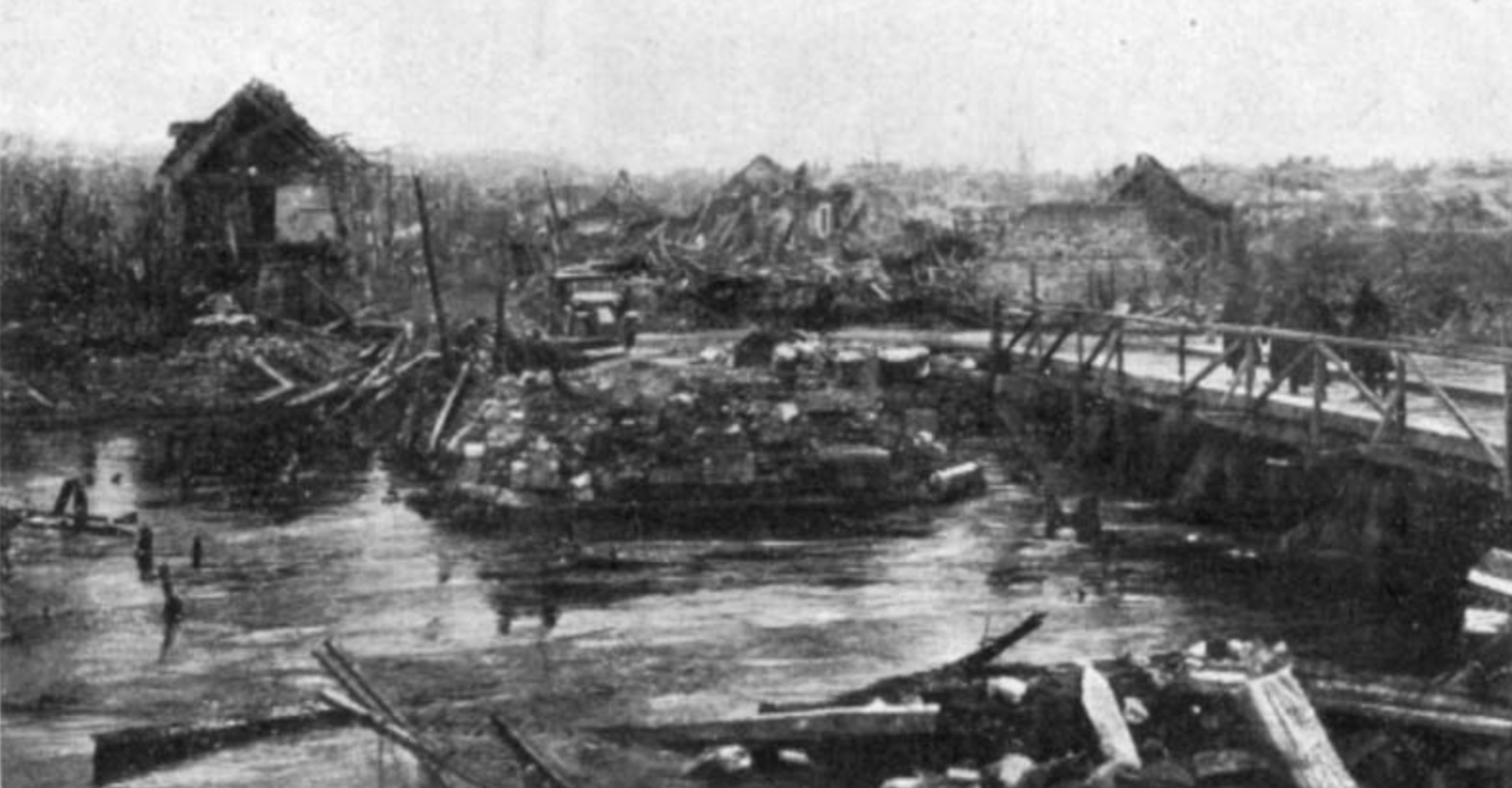
“Le pont de la Vesle et Fismes vus de Fismette” (The bridge of the Vesle and Fismes seen from Fismette) – The town of Bazoches would look similar to the destruction and chaos as this picture shows. Bazoches is located less about 4.7 kilometers (2.92 miles) west of Fismes, and both towns are located along the Vesle River.
The exposed position the 2nd Battalion was in resulted in heavy losses taken runners and carriers. The Germans were able to accurately fire gas and high-explosive shells onto the battalion, and German sniper, machine-gun, and rifle fire was constantly being dodged. The 2nd Battalion had taken so many casualties in its runners from either being gassed or wounded, that an evacuation would later be ordered; however, the battalion was too weak and exposed to move.
The area was so dangerous that even the Battalion Headquarters saw consistent shell-fire in the rear position at Ferme-des-Damas. The 4th Division was located to the right flank and attempted to cross the river but failed, from the bottom of the river to the town of Saint Thibaut corpses of the men who died during the attempt littered the area. The bodies were impossible to bury due to the German’s ability to observe the area and resistance Allied movements with precision.
 The Germans had established themselves along the north bank of the Vesle River and the American Intelligence Section reported a minimum of 37 machine-gun nets in the town of Bazoches alone. Their artillery was concentrated in the Valley of Perles, Vauxcere, and toward the Aisne River and constantly bombarded the Allied lines with gas and high explosives. The danger didn’t cease even in the cover of darkness and during the night, the Germans bombarded the 77th Division’s lines with gas shells, rushed machine-guns to the railroad station at Bazoches, and enfiladed the 77th Division’s foxholes. Mustard gas was the most commonly used agent by the Germans in the sector due its ability to linger and sink into low depressions, and could penetrate the woods, valleys and any low-laying positions that the 77th Division would use to take cover.
The Germans had established themselves along the north bank of the Vesle River and the American Intelligence Section reported a minimum of 37 machine-gun nets in the town of Bazoches alone. Their artillery was concentrated in the Valley of Perles, Vauxcere, and toward the Aisne River and constantly bombarded the Allied lines with gas and high explosives. The danger didn’t cease even in the cover of darkness and during the night, the Germans bombarded the 77th Division’s lines with gas shells, rushed machine-guns to the railroad station at Bazoches, and enfiladed the 77th Division’s foxholes. Mustard gas was the most commonly used agent by the Germans in the sector due its ability to linger and sink into low depressions, and could penetrate the woods, valleys and any low-laying positions that the 77th Division would use to take cover.
– 14 August 1918 and 15 August 1918: –
The 154th Infantry Brigade was ordered by the 77th Division to take over the right portion of the line of the 153rd Infantry Brigade, and the 154th Infantry Brigade was to take command of the right brigade sector for 0800 hours (8:00 A.M.). During the day, the 153rd Infantry Brigade, including the 306th Infantry Regiment, were ordered to head to Mont Notre Dame upon its relief during the night. In the night, the 2nd Battalion of the 308th Infantry took over an outpost zone north of the Vesle River in the area of Chateau du Diable, when the deep booms of the German artillery shook the air. Anticipation built across the line when the explosion of the German shells fell onto the 308th Infantry Regiment, and delayed its movements to its objective.
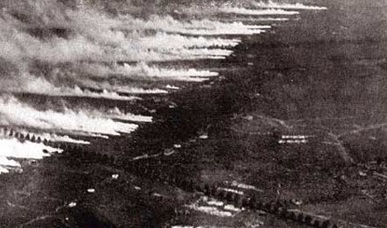 Mustard gas filled the air across the line of the 77th Division, and the dark of the night was disturbed from the fiery explosions of the high-explosive shells falling on Mont Notre Dame and the surrounding area and it was during this time that Private Sing Kee’s act of valor occurred. Private Kee’s comrades had been wounded from the bursting shells or indisposed due to the thick gas hovering in the air, those who weren’t wounded physically were frozen in mind and unable to think or move.
Mustard gas filled the air across the line of the 77th Division, and the dark of the night was disturbed from the fiery explosions of the high-explosive shells falling on Mont Notre Dame and the surrounding area and it was during this time that Private Sing Kee’s act of valor occurred. Private Kee’s comrades had been wounded from the bursting shells or indisposed due to the thick gas hovering in the air, those who weren’t wounded physically were frozen in mind and unable to think or move.
Private Kee, realizing the importance of communication between the lines, had put the safety of himself aside for his comrades, the Army, and the country of which he served. Mont Notre Dame was being shelled at a rate of 30 shells per minute, worse than any other night the 77th Division had experienced in the sector, but Private Kee refused to leave his post. He was exhausted, sore, seriously wounded and had been directly exposed to the German mustard gas slowly eating at his skin. Yet, somehow Private Kee managed to single-handedly run the regimental message center in the village of Mont Notre Dame throughout the night and into the early morning of the next day. For a period of 24-straight hours, Private Kee kept communications open between the 306th Infantry Regiment and the 77th Division, which allowed the 306th Infantry Regimental command to communicate with the frontlines and conduct movements during the harrowing barrage.
Private Kee was wounded severely on 17 August 1918 at Mont Notre Dame in the Aisne region, near which he earned his Distinguished Service Cross;
“The President of the United States of America, authorized by Act of Congress, July 9, 1918, takes pleasure in presenting the Distinguished Service Cross to Private Sing Kee (ASN: 1702357), United States Army, for extraordinary heroism in action while serving with Company G, 306th Infantry Regiment, 77th Division, A.E.F., near Mont Notre Dame, west of Fismes, France, August 14 – 15, 1918. Although seriously gassed during shelling by high-explosive and gas shells, Private Kee refused to be evacuated and continued, practically single-handed, by his own initiative, to operate the regimental message center relay station at Mont Notre Dame. Throughout this critical period, he showed extraordinary heroism, high courage, and persistent devotion to duty, and totally disregarded all personal danger. By his determination he materially aided his regimental commander in communicating with the front line”. Awarded DSC by CG, AEF, Sept. 25, 1918. Published in G.O. No. 99, W.D., 1918.
Private Kee received the French Croix de Guerre with Gilt Star for the same action, under Order No. 16/098 “D”, dated April 16, 1919. Date and place of act not shown.
Video of artillery barrages and gas attacks experienced along the Western Front, similar to the barrage and gas Private Kee and the 77th Division would have faced while serving in the Vesle Sector, and on Mont Notre Dame:
Upon his return to the United States, Kee moved to Cleveland, Ohio, where he worked as an interpreter. By the mid-1920s, Kee had moved to Mott Street in Chinatown, New York; in 1924, Ina Chan Kee immigrated to the United States, arriving through Seattle, Washington. The couple had five children, Margaret (1925-?), Norman (1927-2017), Florence (1928-2005), Herbert (1930-2018), and Beatrice (1931-), raising all of them in New York.
Kee’s mother, Mary Low, lived with the family into the 1950s- Cheung Low had returned to China sometime before then and died on an unknown date. Kee ran a travel agency and restaurant, as well as acted as an interpreter and immigration agent; in 1957 being taken to federal court for conspiracy to violate passport and immigration applications (United States v. Sing Kee, 250 F.2d 236 (2d Cir. 1958). Sing was found guilty and sentenced to two years in prison, afterwards retiring in Staten Island, New York.
Sing Lau Kee died on 3 June 1967, and is buried in Arlington National Cemetery in Arlington, Virginia with his wife.
